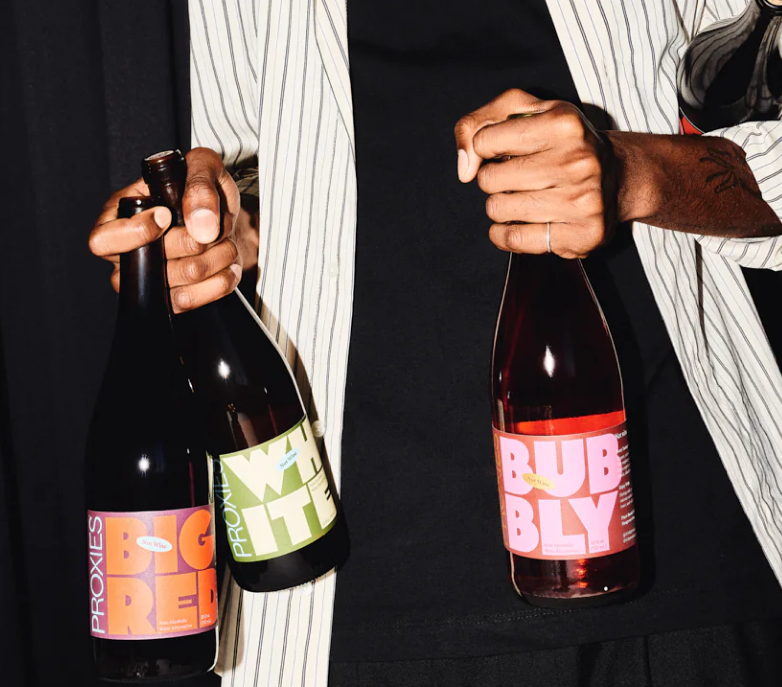
Acid Test with Rachel Signer
Share
Photos by Lewis Potter
Welcome to the first in a new series of quick hitting interviews with winemakers, chefs, bartenders, brewers, distillers, and other culinary creatives. This is Acid Test #1, with Rachel Signer.
Signer is an accomplished wine writer and publisher and editor of natural wine mag Pipette. Originally from the US, Signer now lives in south Australia where she makes Persephone Wines. We love natural wine and Pipette was one of the biggest inspirations for our own magazine, so we’re thrilled to have Signer as our first guest in our series of Acid Test interviews.
What does acidity mean to you?
Acidity is lightness on the palate. It exists in contrasting harmony with richness or fat. It's refreshing.

What does acidity bring to wine?
Acidity makes us salivate and want another glass. In natural wine, which is lower in alcohol, there's usually a healthy dose of acidity. There can also be "volatile acidity" if the wine is made without sulfur (preservatives). Some see this as a flaw, but in small amounts it can be enjoyable.
How do you approach acidity as a winemaker?
We harvest as early as possible, when the grapes have just completed veraison or even while it's finishing, to capture acidity. That's really the only way, in natural winemaking, to ensure a wine will have great acidity.
But we also want to protect against volatile acidity. This is done by constantly checking on fermentations, making sure they are protected against oxygen, and if there are any foul-smelling grapes, getting them out of a ferment quickly.
What is your favorite flavor-tripping memory?
The time my husband and I harvested oysters from the cold waters of Tasmania and shucked and ate them within minutes, was exhilarating.
To follow along with Signer's journey in wine, follow her on Instagram @rachsig, and @pipettemagazine.





